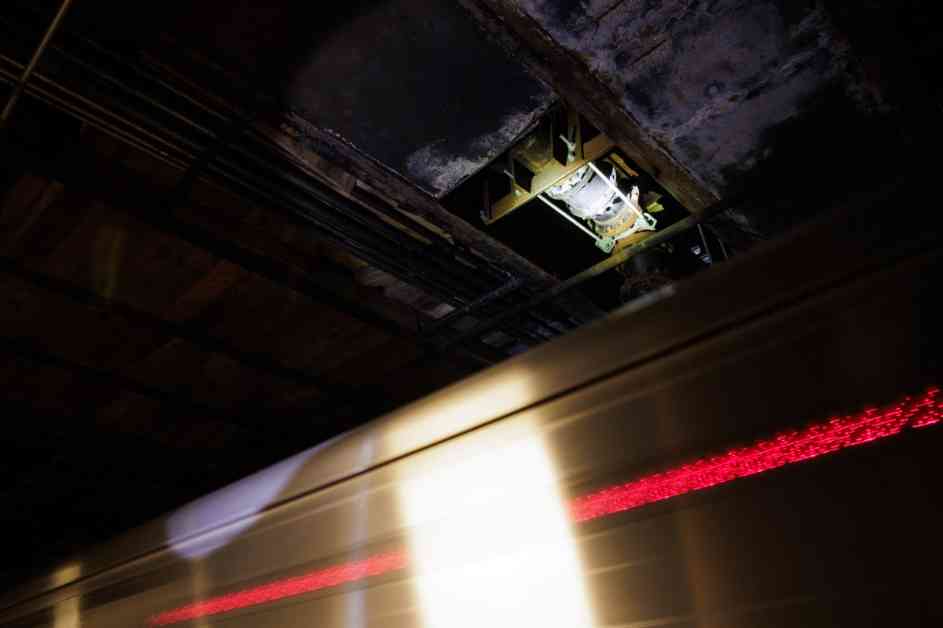Grand Central Terminal, a bustling transportation hub in New York City, is in need of a major rehabilitation. The structure holding the terminal together, including the tracks and platforms, is over 100 years old and showing signs of deterioration. The Metropolitan Transportation Authority (MTA) has identified the urgent need to address these issues to prevent a potential collapse.
The train shed under Park Avenue, where the majority of Metro-North trains enter Grand Central, is particularly vulnerable. Years of water, salt, and chemical exposure have weakened the structural elements, putting the entire terminal at risk. The MTA is currently working on repairs to the above-ground Park Avenue viaduct, but more extensive rehabilitation is needed to ensure the safety and functionality of the terminal.
The shed, which supports the expansion of tracks from 4 to 40 between 57th and 42nd streets, is also in need of significant upgrades. The concrete foundations, steel beams, and utility mains that hold up Park Avenue are deteriorating due to years of water and salt infiltration. These issues must be addressed to prevent further damage and ensure the long-term stability of the terminal.
While the MTA has made some priority repairs in high-risk areas, much of the shed remains untouched for over a century. The agency is seeking $1.7 billion over the next five years to fund the rehabilitation of Park Avenue and the shed, with the goal of extending its lifespan for another century. This investment is crucial to maintaining the safety and reliability of Grand Central Terminal for future generations.
However, the MTA’s ability to secure funding for this project is uncertain. The agency’s capital plan is only partially funded, and political factors could further complicate matters. The looming possibility of a second Trump administration could impact the MTA’s funding and priorities, potentially affecting the rehabilitation efforts at Grand Central.
Despite these challenges, MTA officials remain committed to preserving the historic terminal for years to come. They emphasize the importance of making the necessary investments to ensure the safety and functionality of Grand Central Terminal for another 100 years. The future of this iconic transportation hub depends on the agency’s ability to secure funding and carry out essential repairs and upgrades to the aging infrastructure.

